The month of June kicked off our adventures on the prairie! Initially, we began our field season at Midewin doing meander surveys. A lot of the plants were familiar to me, however, I struggled with a few that I would normally brush off mainly due to them not being very showy (looking at you Carex!). During the meandering, we also had an active competition amongst the volunteers and CLM interns who could ID the last plant in the allotted time. Vlad and I were actively competing to find the coolest plant last, which he found a cool native and I found an Ox-Eye Daisy (Chrysanthemum leucanthemum) an invasive species last. So, for the most part, we tied!
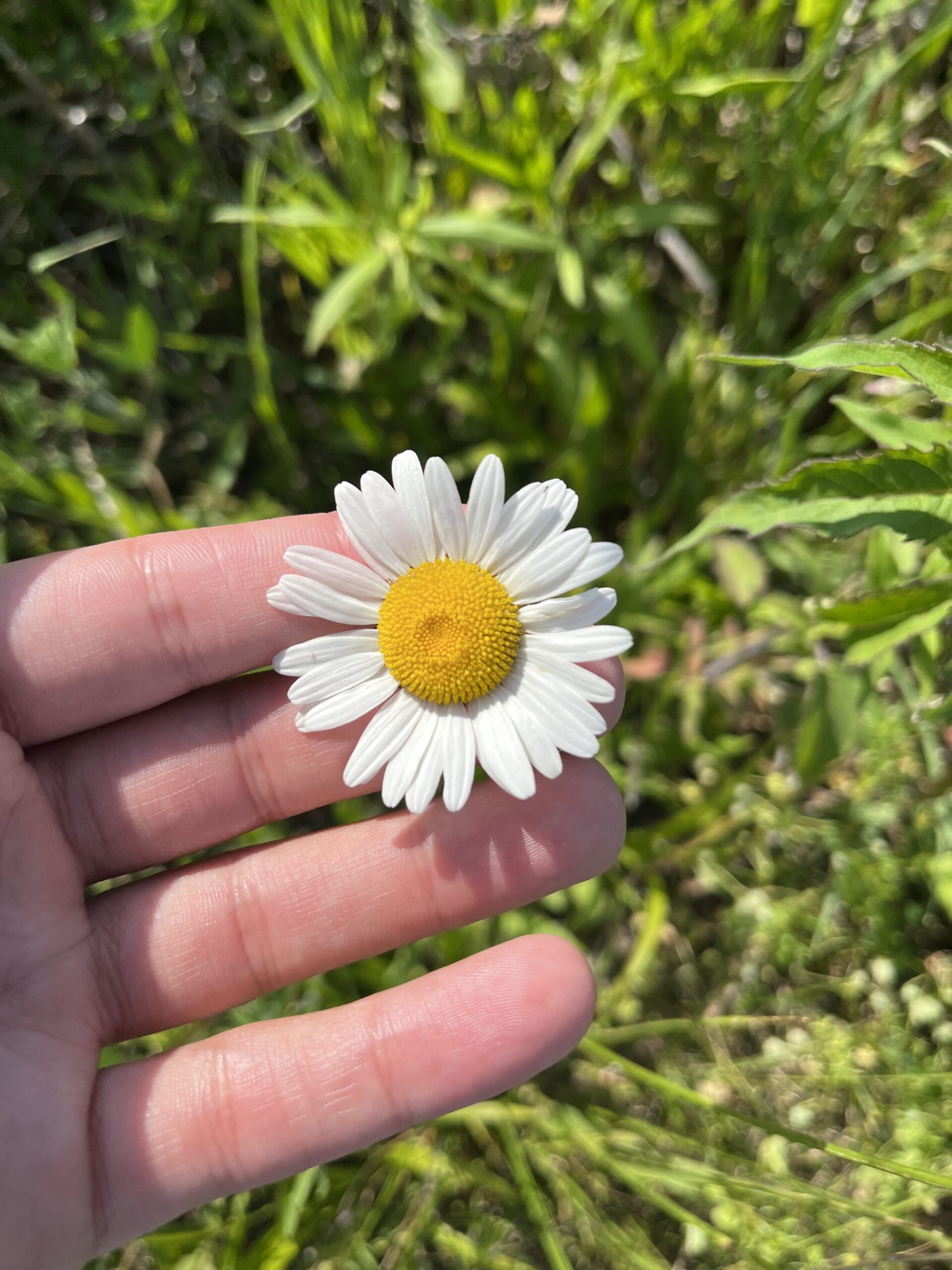
Regarding seed collection, June was spent collecting Atlantic Camas (Camassia scilloides) and multiple Carex species. I feel more confident in my Carex ID and this group no longer frightens me with its extensive amount of terminology! Of all the sedges we observed, I liked Davis’ Sedge (Carex davisii) the most as the perigynia look similar to popcorn kernels.
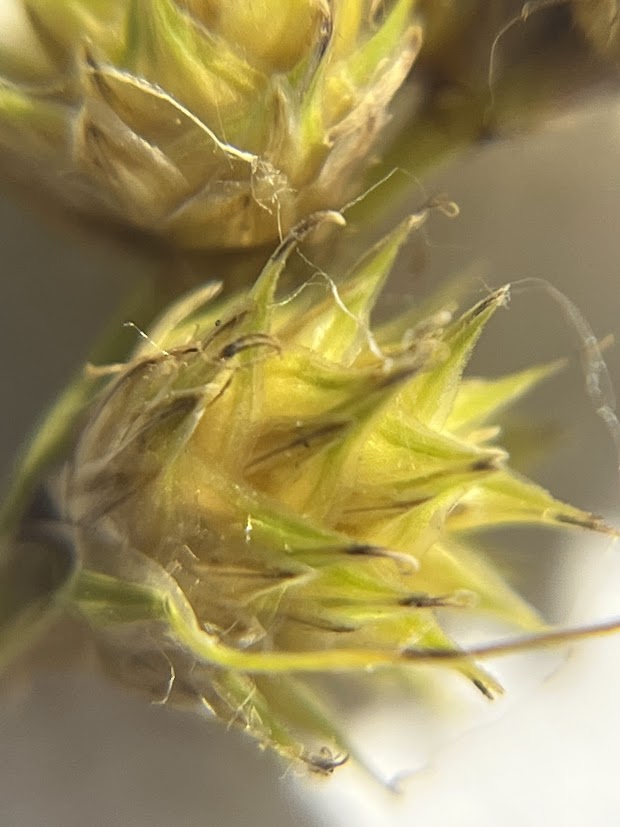
(Carex molesta)
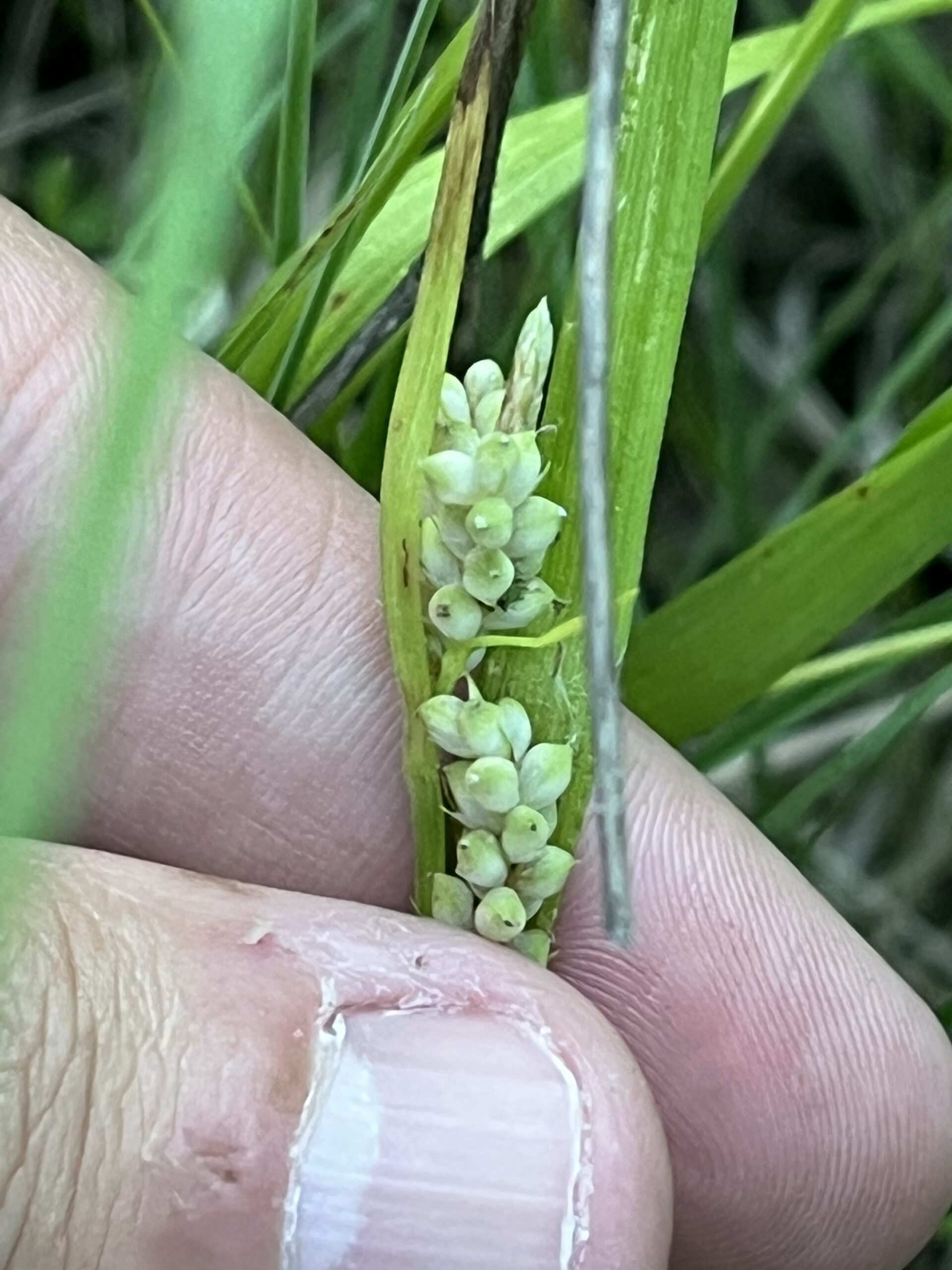
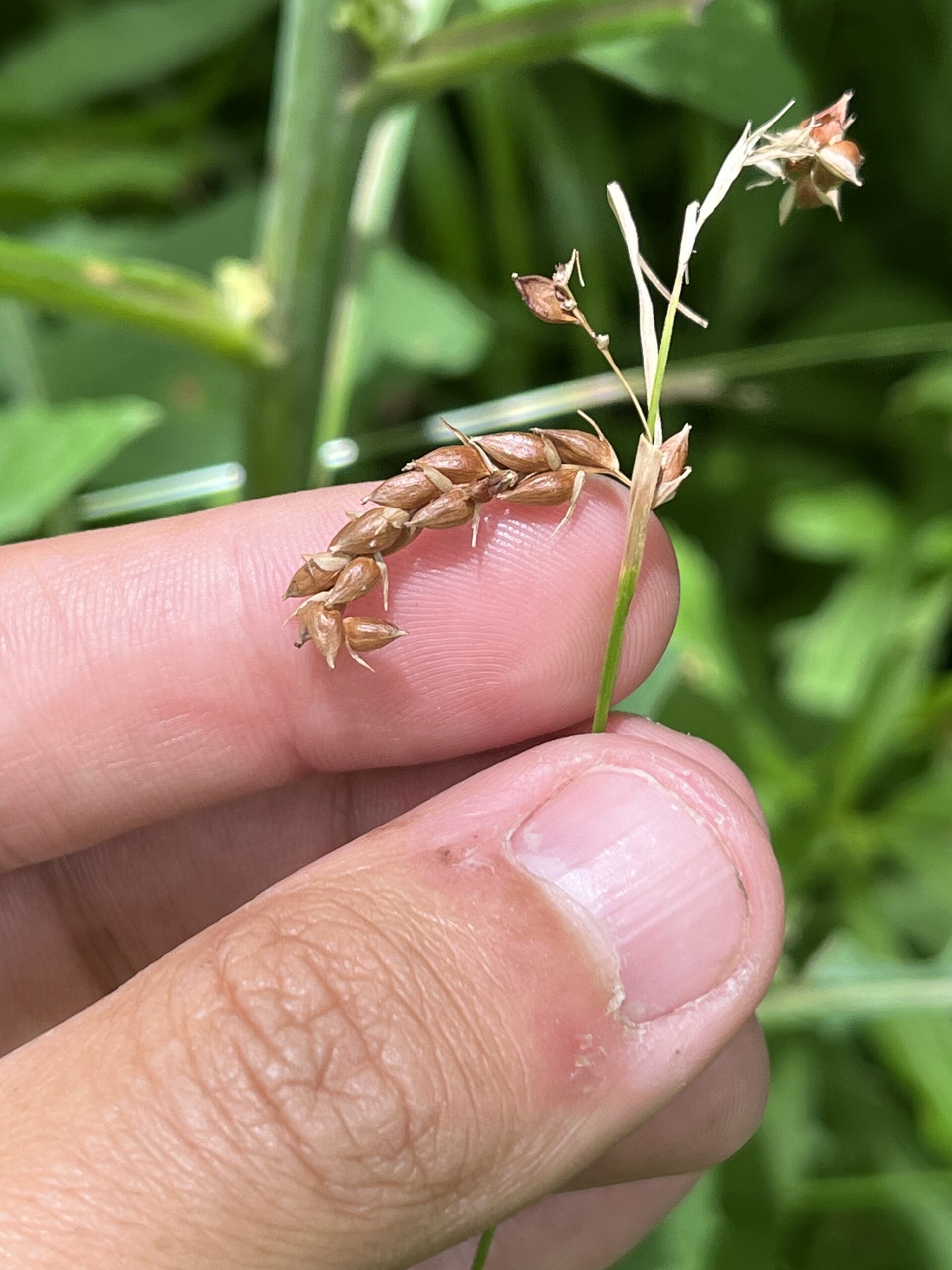
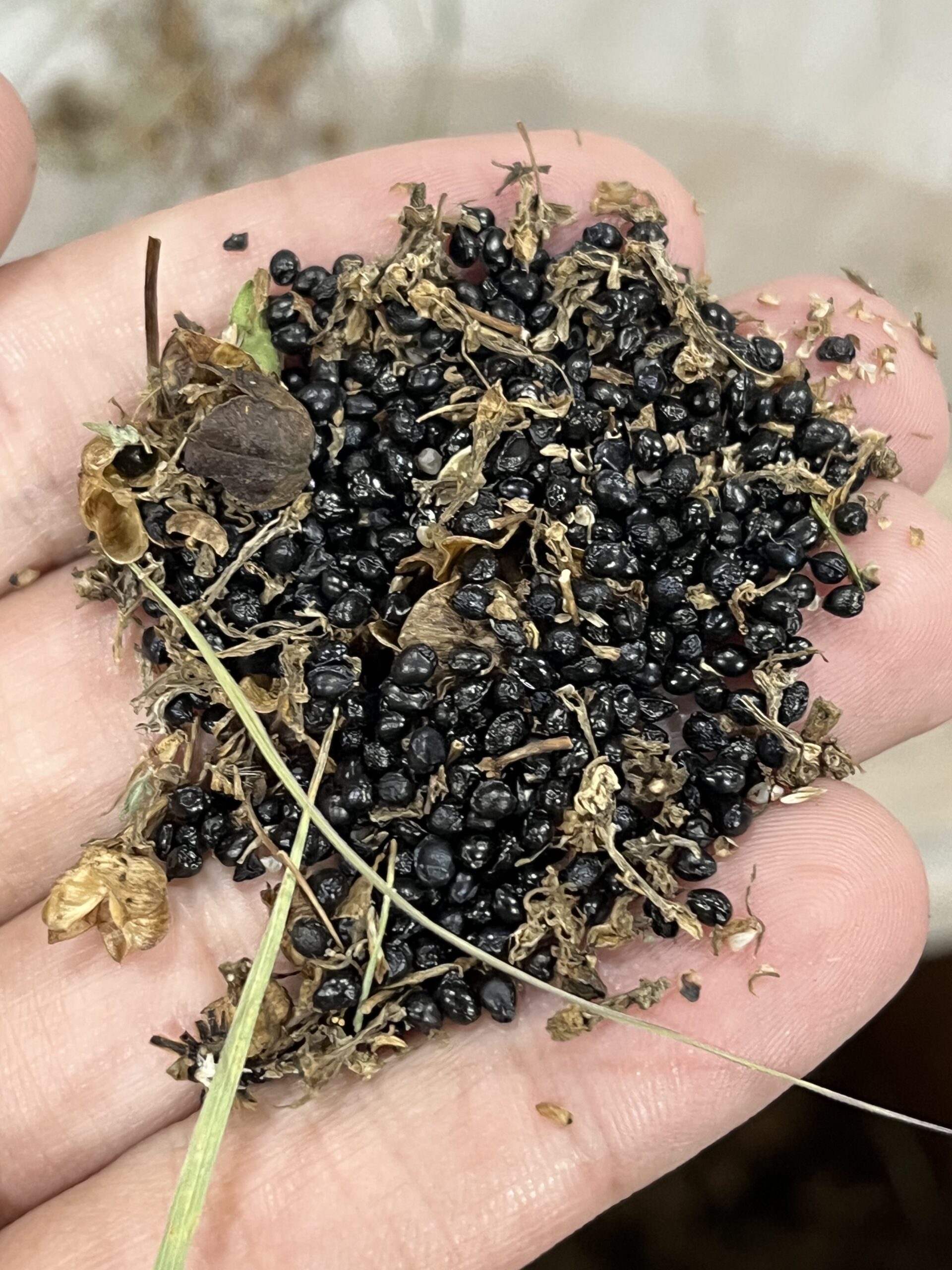
(Camassia scilloides)
With seed collection, we were also in a wide variety of habitats like tallgrass prairie and sedge meadows. The sedge meadows were one of my favorites as they had unique tussock sedges that looked like waves of green as the wind blew through them.
Other than camassia and sedges, we also saw other cool critters like insects and many different milkweed species. When I would have down time before work or during lunch, I would take as many photos with my camera as possible. I was definitely more biased to taking pictures of bees and milkweed!
Speaking of the bees, they were in a rush when it came to foraging on the Leadplant (Amorpha canescens). The species of bees ranged from the small Sweat Bees (Augochlora/Augochloropsis sp.) to many Brown-Belted Bumble Bees (Bombus griseocollis). The flowers of the Leadplant were very fragrant, so I do not blame the bees for being in a hurry to get this limited supply of nectar!
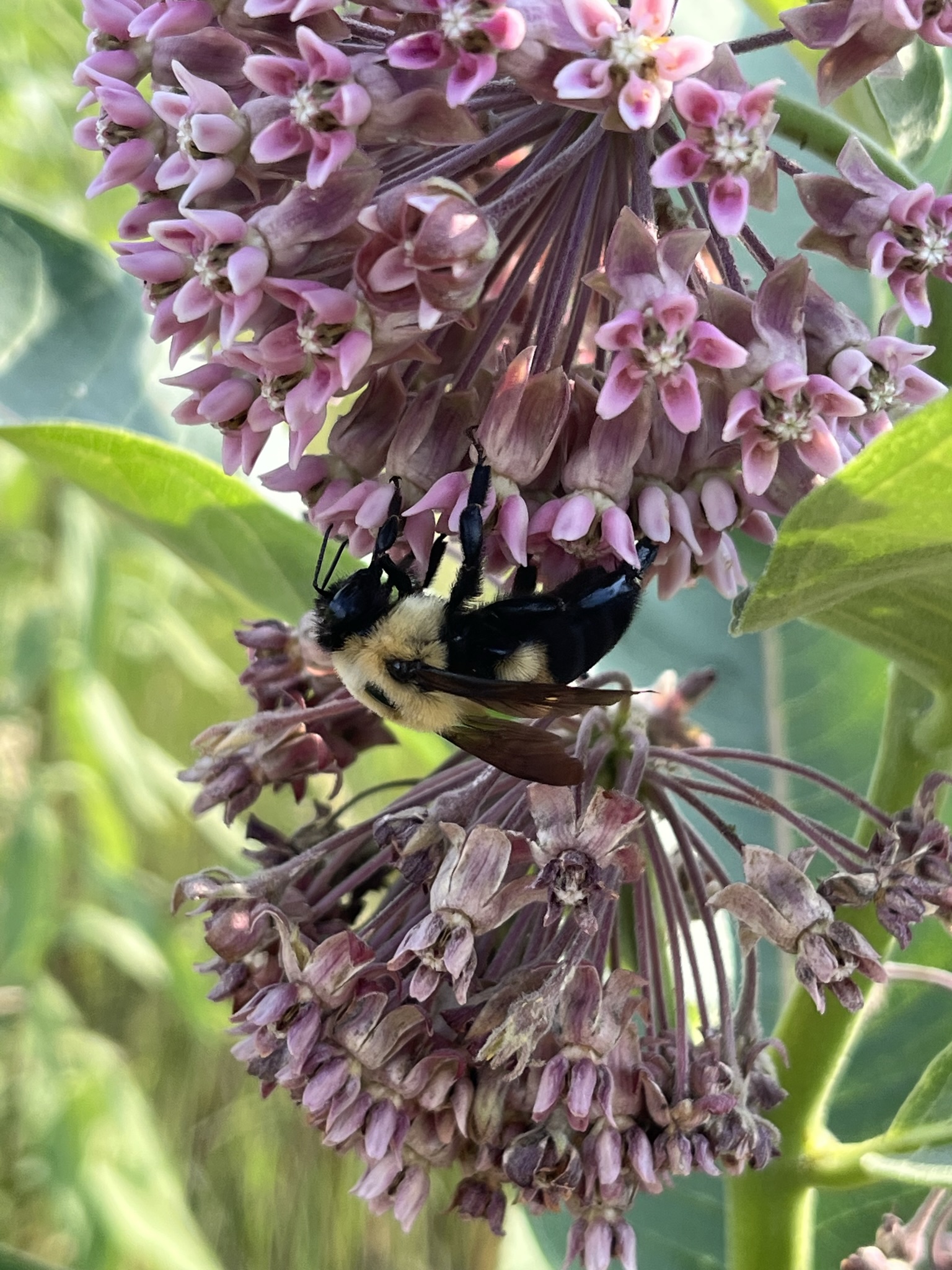
(Bombus griseocollis)

(Amorpha canescens)
As for the Milkweeds, they were also fragrant and of course had many different insect species on them. Common Milkweed (Asclepias syriaca), for example, smelled strongly of perfume and gained a lot of attraction from the red milkweed beetles (Tetraopes tetrophthalmus). As for the pollinators of common milkweed, flies and bees were a common site as were the milkweed’s pollinia attached to their legs! I also managed to see my first monarch caterpillar (Danaus pleixpplus) of the season hopefully there will be more to come!
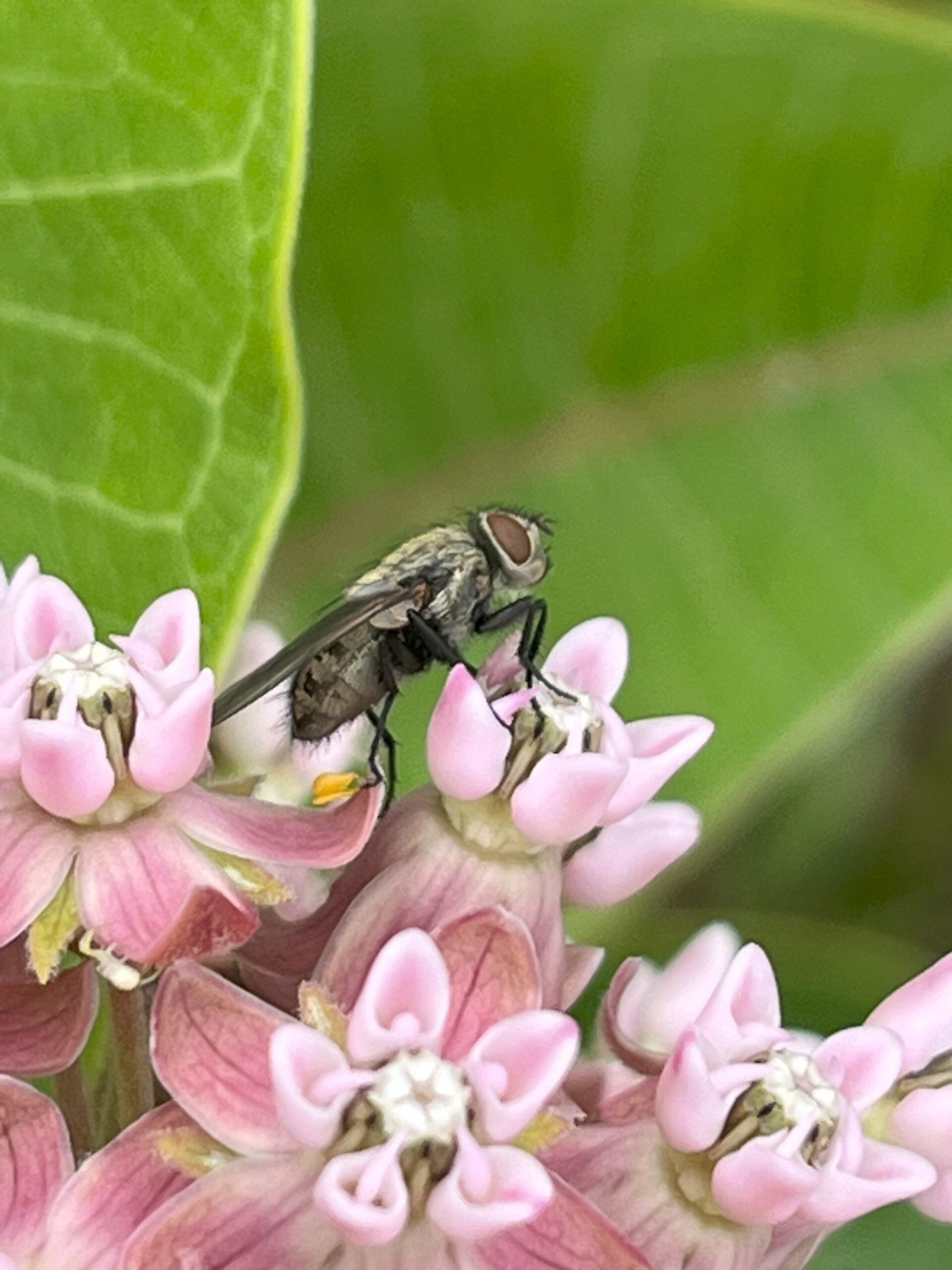
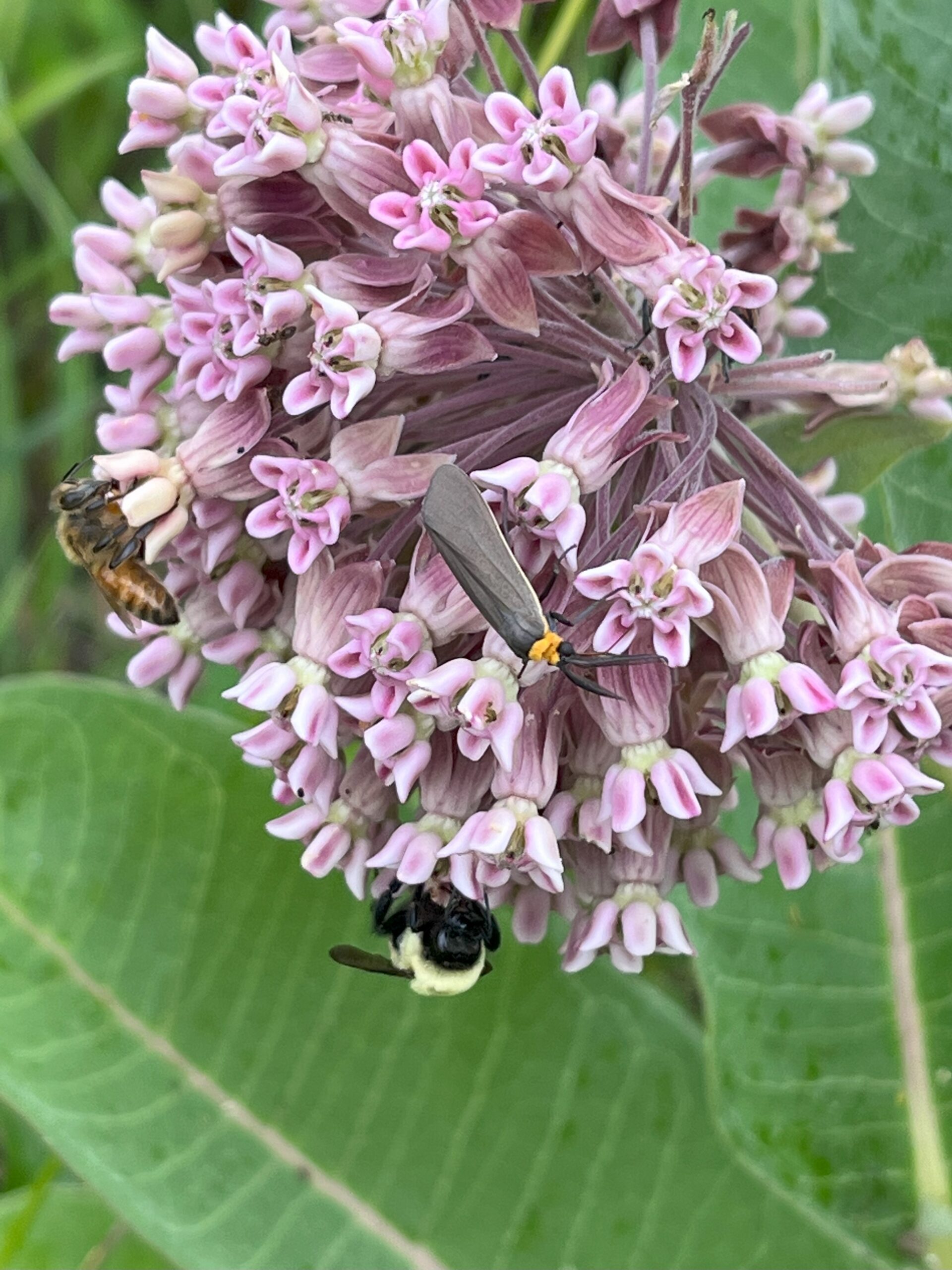
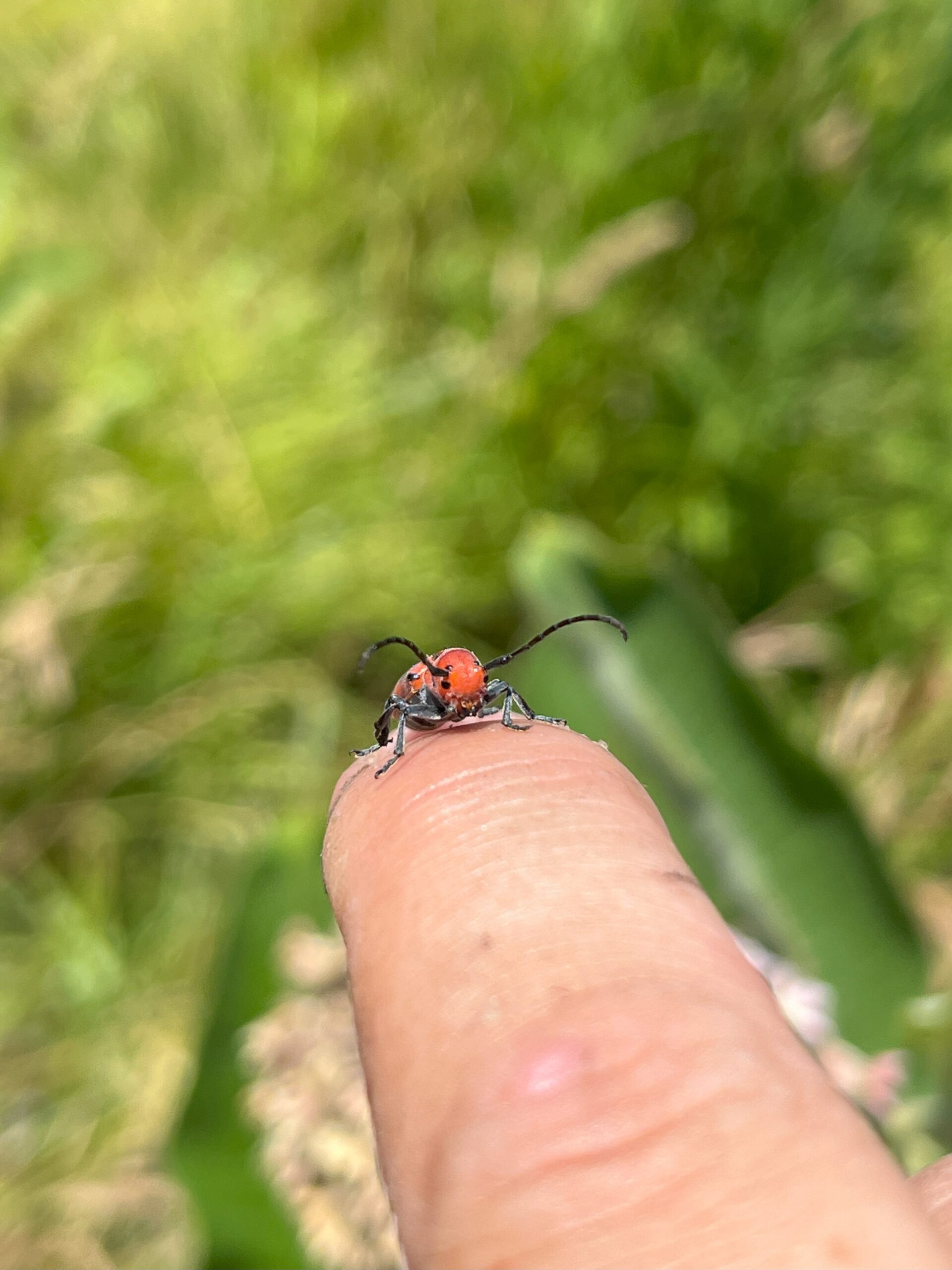
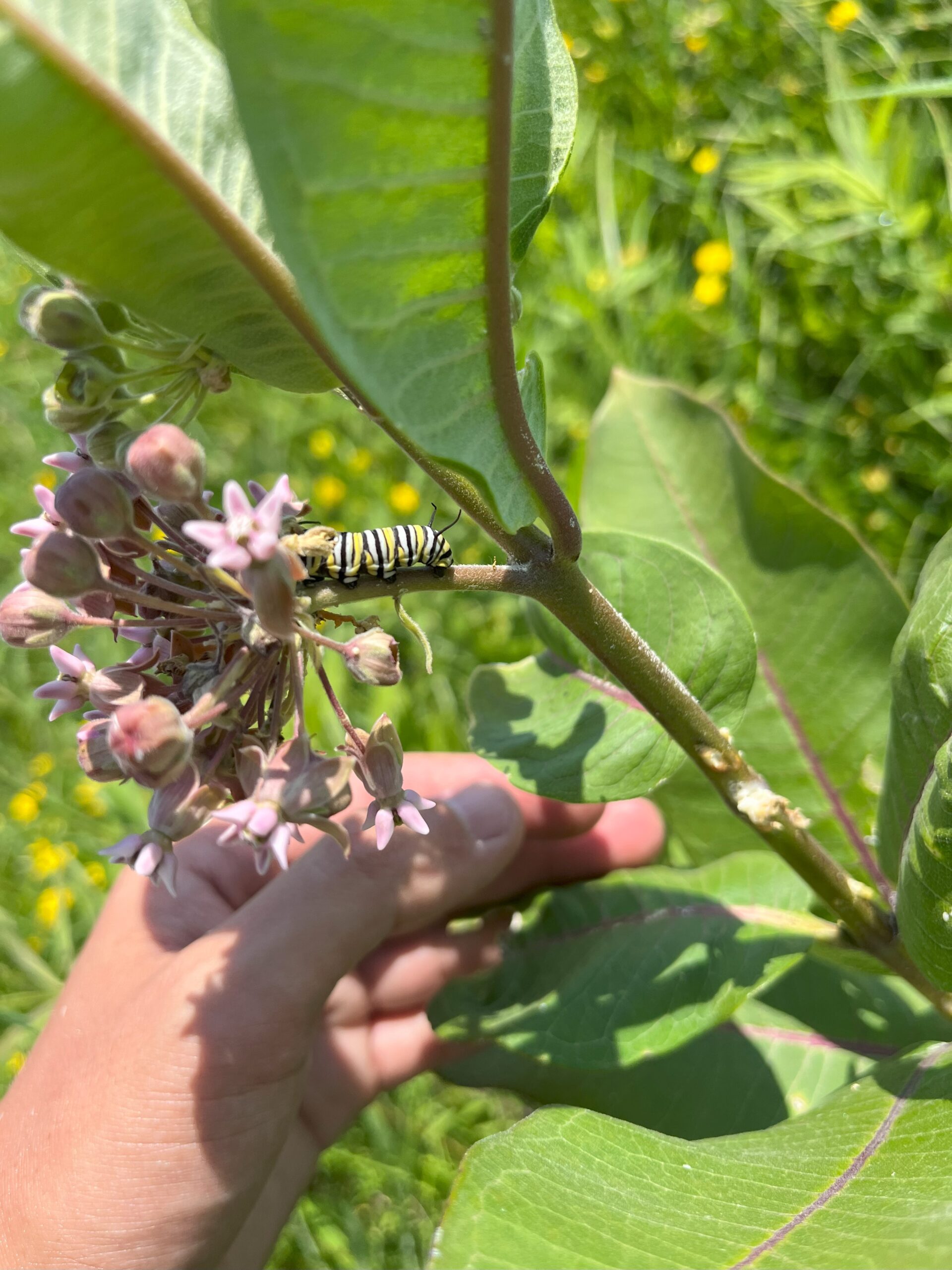
Overall, June brought great experiences from meandering in the prairie to learning many of the sedges that occur in Illinois. I can’t wait to get lost in the Silphium forests once they bloom in July, so expect a LOT of Silphium and subsequentially their pollinators in next month’s blog!
